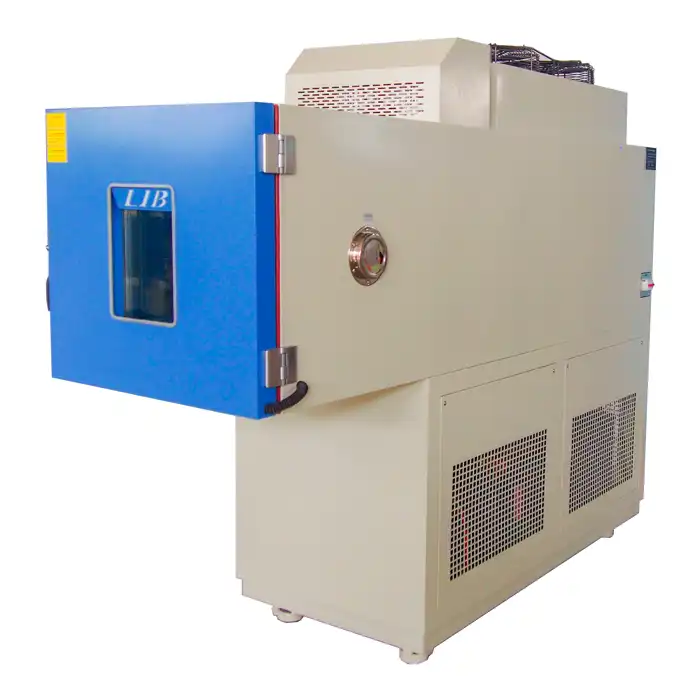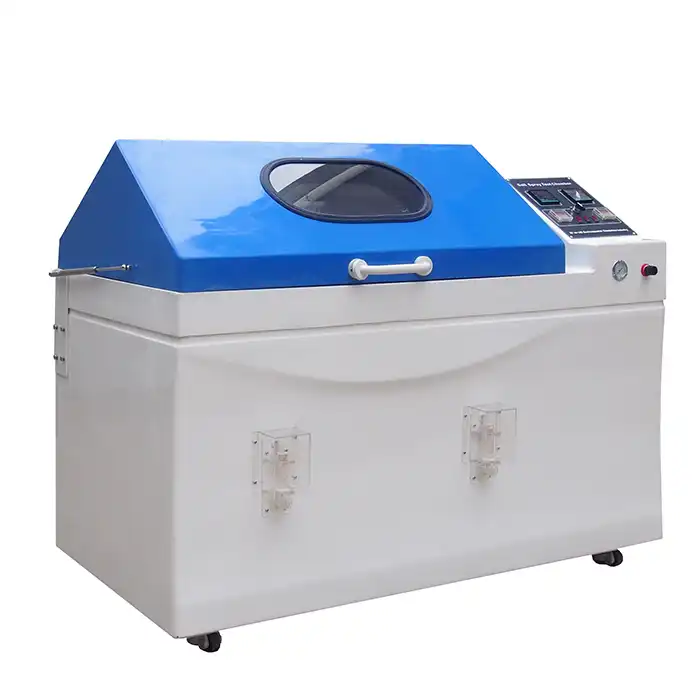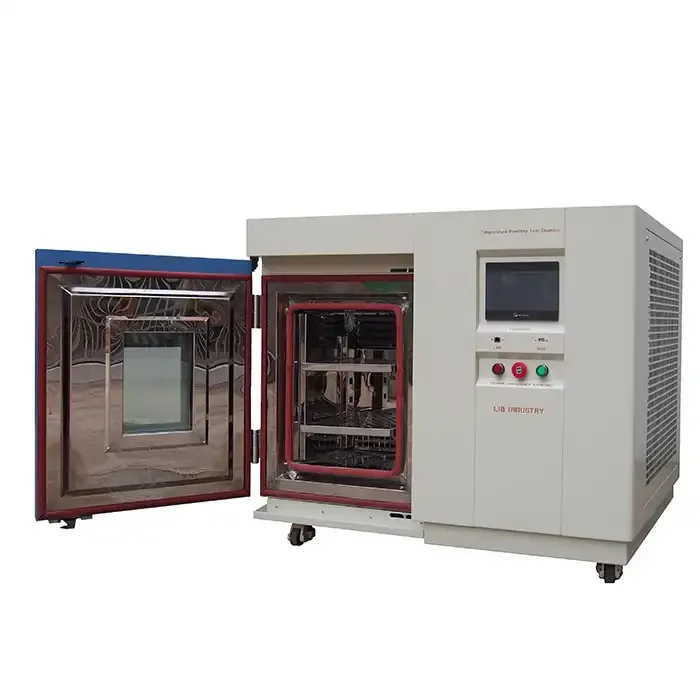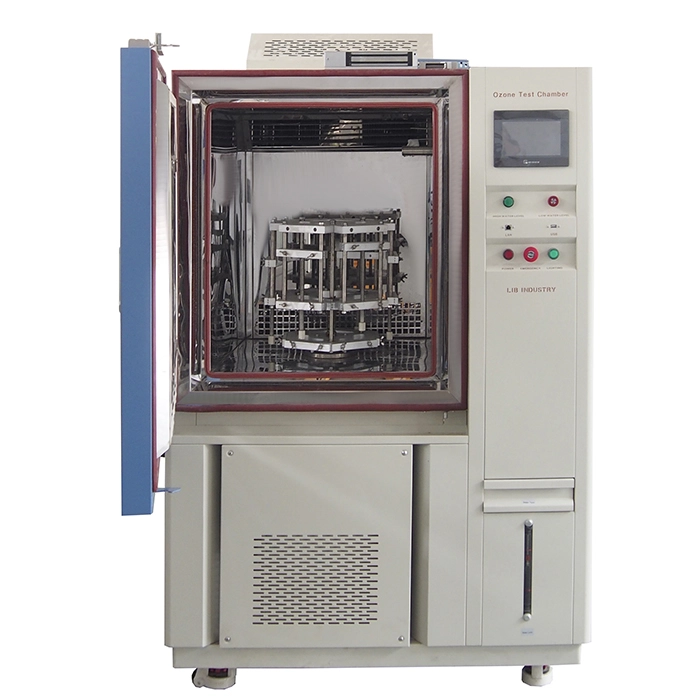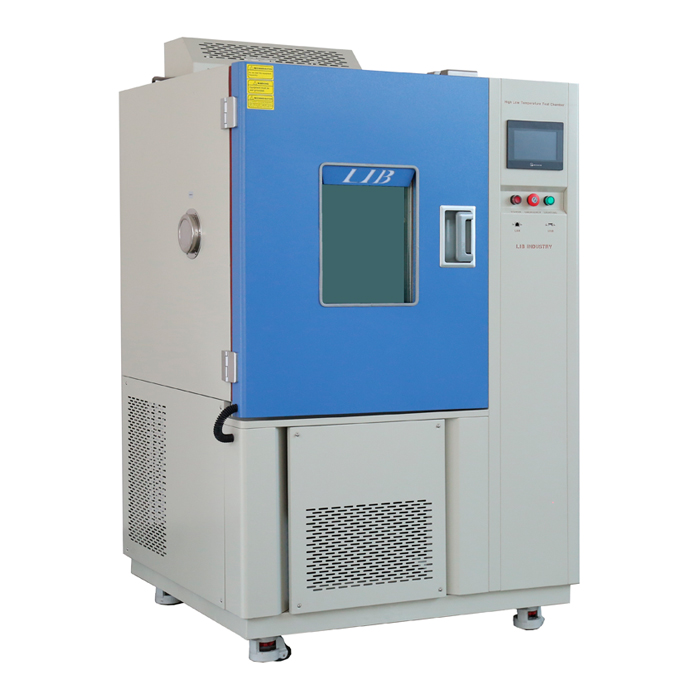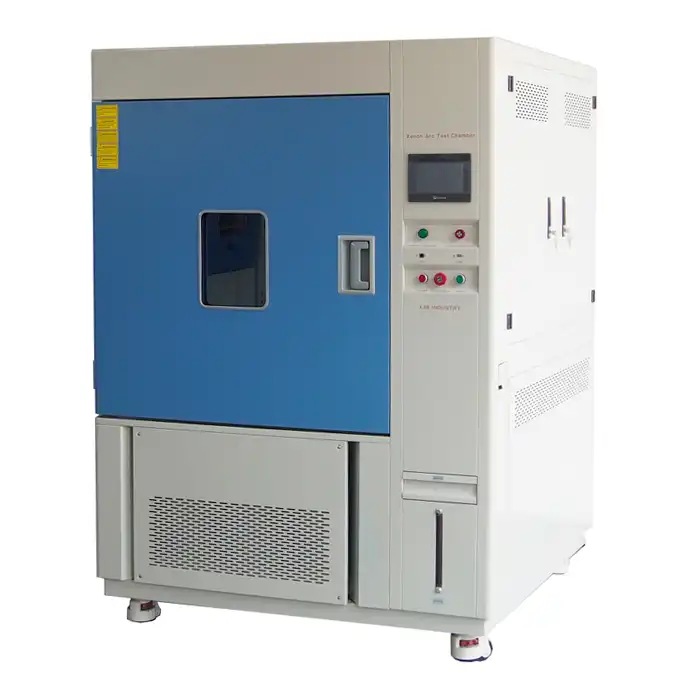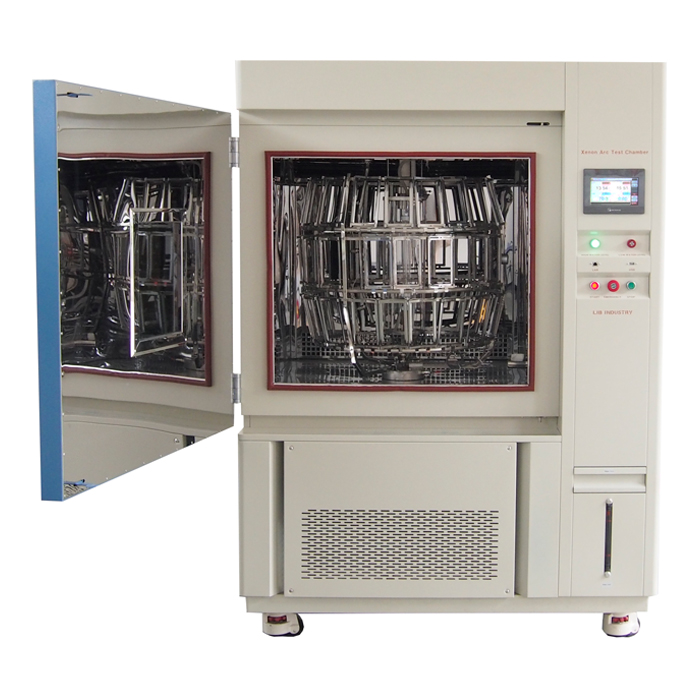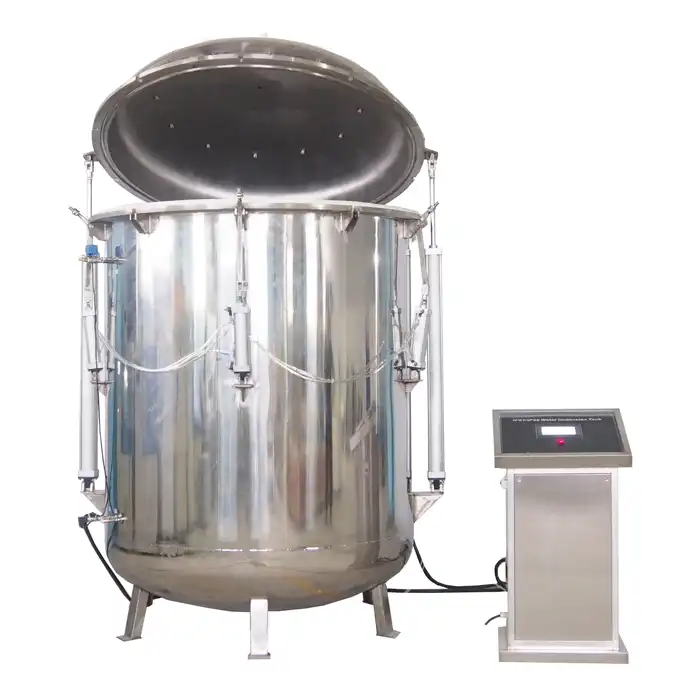How does a Dust Test Chamber work?
In the realm of environmental testing, dust test chambers play a crucial role in evaluating the resilience of products against particulate matter. These specialized chambers simulate real-world conditions to assess how various items withstand exposure to dust and other fine particles. Understanding the functionality of dust test chambers is essential for manufacturers seeking to enhance product durability and reliability.
The Fundamentals of Dust Test Chambers
Purpose and Applications
Dust test chambers, also known as dust chambers, are designed to replicate environments where products may encounter dust particles. These chambers are indispensable for industries such as electronics, automotive, aerospace, and military equipment manufacturing. By subjecting products to controlled dust exposure, manufacturers can identify potential weaknesses and improve product designs to withstand harsh, dusty conditions.
Key Components
A typical dust test chamber consists of several essential components. These include a sealed testing area, a dust distribution system, air circulation mechanisms, and control panels for managing test parameters. The chamber's construction often incorporates materials resistant to dust accumulation and easy to clean, ensuring accurate and repeatable test results.
Types of Dust Used
Various types of dust can be utilized in dust chambers, depending on the specific testing requirements. Common options include talcum powder, quartz dust, and standardized test dusts like Arizona Road Dust. The choice of dust type depends on the intended application and the environmental conditions the product is expected to encounter during its lifecycle.
Operating Principles of Dust Chambers
Dust Distribution Mechanisms
Dust chambers employ sophisticated mechanisms to distribute dust particles evenly throughout the testing area. This often involves a combination of air jets, rotating brushes, or vibrating trays that release dust into the chamber. The goal is to create a uniform dust concentration, ensuring that the test specimen is exposed to consistent conditions from all angles.
Airflow Control
Precise airflow control is crucial in dust test chambers. The chamber's design incorporates fans and vents that regulate air circulation, maintaining the desired dust concentration and preventing settling. This dynamic airflow mimics real-world scenarios where dust particles remain suspended in the air, providing a more accurate representation of challenging environments.
Temperature and Humidity Regulation
Advanced dust test chambers often include features for temperature and humidity control. These parameters can significantly influence dust behavior and its interaction with test specimens. By manipulating these factors, researchers can simulate a wide range of environmental conditions, from arid deserts to humid tropical climates.
Test Procedures and Standards
Common Test Methodologies
Dust test procedures vary depending on the product and industry standards. Typical methodologies include cyclic dust exposure, where the specimen undergoes alternating periods of dust exposure and rest. Another approach is continuous exposure, subjecting the item to prolonged dust contact. These tests may also incorporate additional stressors like temperature cycling or vibration to replicate complex real-world scenarios.
International Standards
Several international standards govern dust testing procedures. Notable among these are IEC 60529 for ingress protection (IP) ratings, MIL-STD-810 for military and aerospace applications, and SAE J575 for automotive components. Adherence to these standards ensures consistency and comparability of test results across different laboratories and industries.
Data Collection and Analysis
Modern dust test chambers are equipped with advanced sensors and data logging systems. These tools monitor and record crucial parameters throughout the test, including dust concentration, temperature, humidity, and air velocity. The collected data undergoes rigorous analysis to assess the test specimen's performance and identify potential areas for improvement in product design.
Advancements in Dust Chamber Technology
Automation and Smart Controls
Recent advancements in dust chamber technology have led to increased automation and intelligent control systems. These innovations allow for more precise test parameter management, reducing human error and enhancing test repeatability. Some cutting-edge chambers feature remote monitoring capabilities, enabling researchers to oversee tests from off-site locations.
Enhanced Dust Particle Analysis
State-of-the-art dust chambers now incorporate sophisticated particle analysis tools. These systems can measure particle size distribution, concentration, and composition in real-time. This level of detail provides invaluable insights into how different types of dust interact with test specimens, leading to more targeted product improvements.
Integration with Other Environmental Tests
The latest dust test chambers are designed for seamless integration with other environmental testing equipment. This capability allows for comprehensive testing regimens that combine dust exposure with factors like temperature cycling, humidity variation, and vibration. Such integrated approaches provide a more holistic understanding of product performance under diverse environmental stresses.
Conclusion
China dust for testing is an indispensable tool in the quest for product reliability and durability. By simulating challenging dusty environments, these chambers enable manufacturers to identify and address potential weaknesses in their products. As technology continues to advance, dust test chambers are becoming increasingly sophisticated, offering more precise control, detailed analysis, and integration with other testing methodologies. For industries operating in dust-prone environments, investing in comprehensive dust testing is not just a regulatory requirement, but a crucial step towards ensuring product quality and customer satisfaction.
Contact Us
At LIB Industry, we specialize in providing cutting-edge environmental testing solutions, including state-of-the-art dust test chambers. Our turn-key solutions encompass everything from research and design to production, commissioning, and training. To learn more about how our dust test chambers can enhance your product development process, contact us at info@libtestchamber.com. Let us help you ensure your products stand up to the toughest environmental challenges.
References
1. Johnson, A. R. (2021). Environmental Testing Methodologies: A Comprehensive Guide. Environmental Engineering Journal, 45(3), 278-295.
2. Zhang, L., & Wong, K. (2020). Advancements in Dust Chamber Technology for Product Reliability Testing. Journal of Industrial Testing, 18(2), 112-129.
3. Smith, R. T., et al. (2019). Comparative Analysis of International Dust Testing Standards. Standards and Quality Assurance Review, 32(4), 401-418.
4. Patel, S., & Nguyen, H. (2022). Integration of Smart Technologies in Environmental Test Chambers. Applied Sciences and Engineering Quarterly, 56(1), 67-84.
5. Brown, E. M. (2018). The Impact of Dust Testing on Product Development in the Automotive Industry. Automotive Engineering Technology, 29(3), 215-232.
6. Liu, X., & Fernandez, J. (2023). Real-time Particle Analysis in Advanced Dust Test Chambers. Measurement Science and Technology, 41(2), 189-206.



